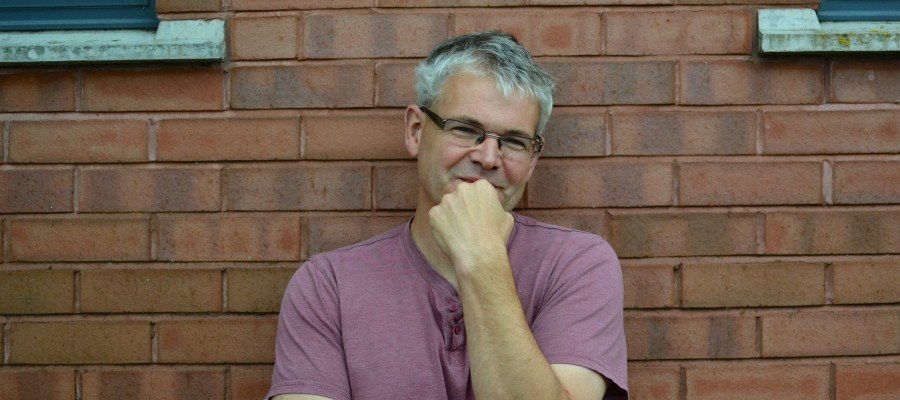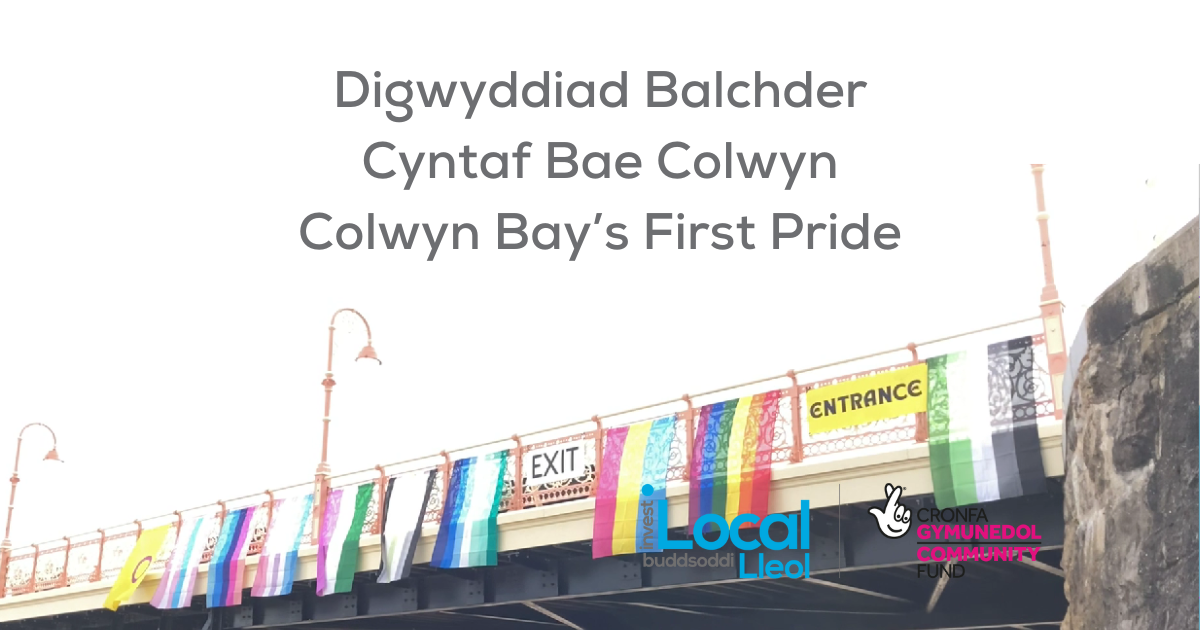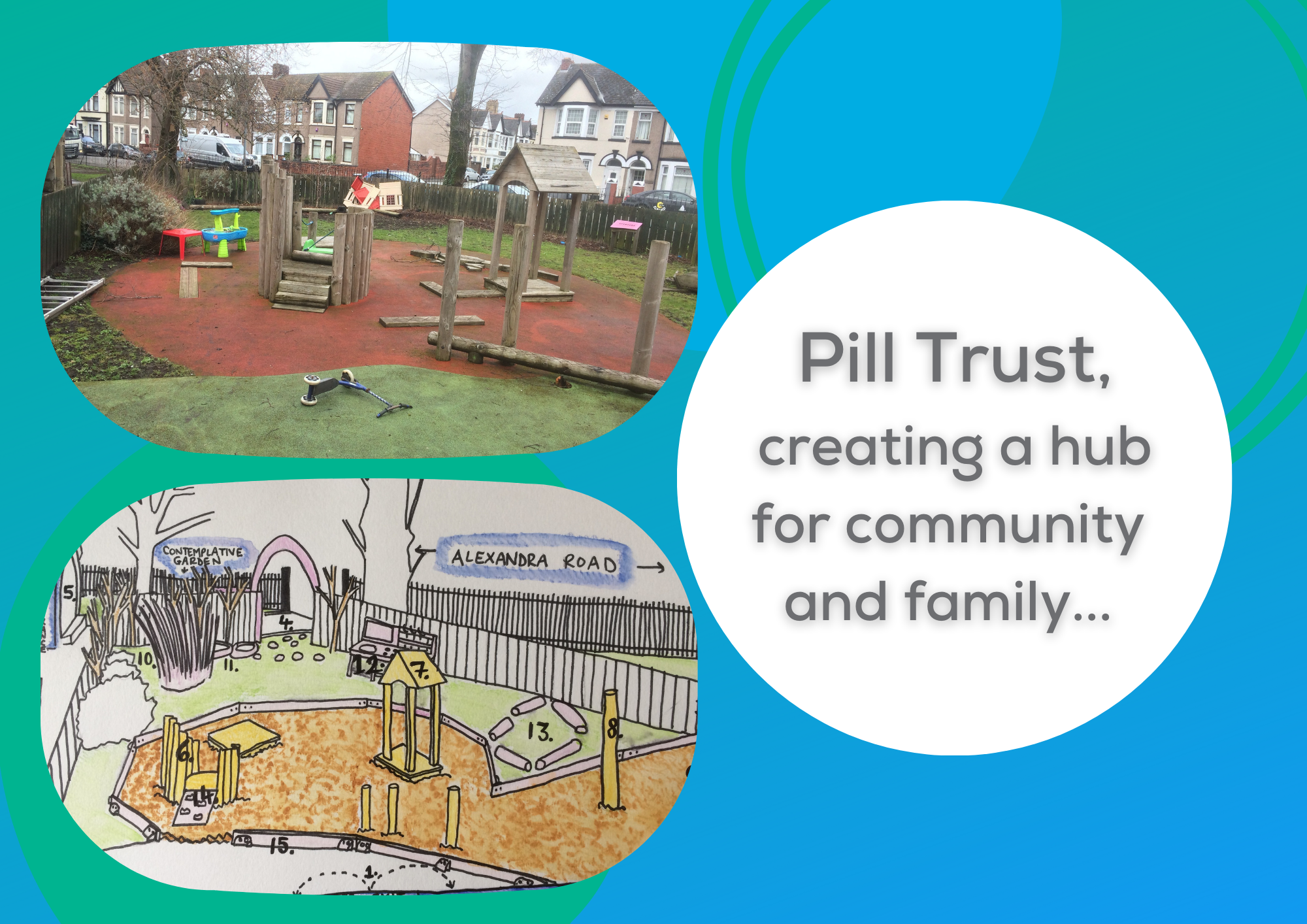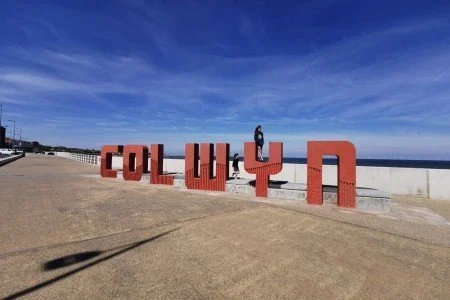COMMUNITY CONSULTATION FINDS COMMON GROUND

Consulting the people in Invest Local communities about what’s important to them has led to some common themes emerging. Chris Johnes explains what we’ve found out so far.
We’ve already written about how communities involved in Invest Local are consulting residents. This has been going on in different places and in different ways for 18 months now.
This means we are getting a clearer picture of what local people are saying is important to them and what they want to improve about their areas. Ultimately, this will inform how they set their priorities and use their Invest Local funding to make changes to their areas.
We haven’t consulted equally in all areas yet. In particular, the programmes operating in our larger cities have probably done less consultation than in some of the smaller areas, but some clear themes are emerging.
Most of the areas that Invest Local operates in are small, reasonably self-contained communities. This gives people a strong sense of place that is the focus for a lot of their thinking about how their community works and what they want to go on there.
Not surprisingly one of the features that has come out in many areas is a sense of the importance of that local area in peoples’ lives. The social networks, the facilities available (or not) and the ease of moving around have all been identified as being very important.
In areas that have strong community facilities, those organisations are highly valued for a wide range of social activities and local services that they offer, while tackling their absence is a big priority for areas without them. The more isolated that communities perceive themselves, the more important such local facilities seem to be – hardly surprising when relatively high numbers of people don’t have cars, and bus travel is expensive compared with the incomes available to so many.
Two other widespread themes that have emerged are around older people and younger people. The anguished cry of “there’s nothing for younger people to do” has been heard, but more common is concern that young people can access the opportunities and experiences that can keep them happily and healthily occupied now and help them develop as they grow older. Concerns about leisure opportunities, education, and the health and wellbeing of young people have all figured highly in almost every community.
This is linked with a clear recognition that services and facilities previously provided by local government are reducing in scope or even disappearing, especially those aimed at older children. This has also been underlined by a determination to retain and strengthen organisations and places which already operate services and activities for young people. Other issues affecting young people – including education, substance abuse and safety (more often associated with traffic than crime) – have been raised in a number of areas.
Reducing the risk of older people becoming socially isolated has also been a widespread concern. We have seen a clear recognition of the importance of social activities and social networks in helping older people to stay healthy and happy – and often the community facilities that are seen as some important are critical locations for these types of activity.
At this stage the emerging opportunities have predominantly focused on things that protect or develop local assets; the desire to influence how outside bodies work in local areas has so far been less prominent, but we may well see it grow as communities become more ambitious in what they want Invest Local to achieve.
As Welsh Government’s consultation into the future spending purposes for the Dormant Assets Scheme in Wales comes to a close BCT’s Policy Officer, Eleri, outlines why we’re calling for the funding to be used to support community action.
Georgina Edwards, Policy and Research Manager at the Plunkett Foundation reflects on our recent panel event focused on Community Assets.
MaesNi Environmental group focus: Creating spaces for nature and community wellbeing.
Building Communities Trust’s Policy Officer, Matthew Brindley, describes why supporting communities to develop their strengths and assets should be a top priority for Government and decision makers in 2022.
Invest Local groups made sure that this would be a summer to put smiles on people’s faces after a difficult year and a half for their communities.
Vin Murtagh from grassroots community action group Together for Colwyn Bay talks about campaigning from the ground up with communities to make good things happen.
Building Communities Trust’s Policy Officer, Matthew Brindley looks back at the election campaign for Strong Welsh Communities and outlines how the new Welsh Government and Senedd can help develop the strengths and assets of local people and community-based organisations.






























